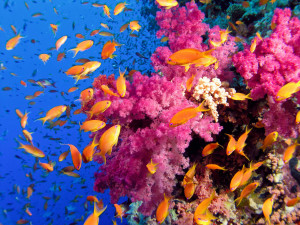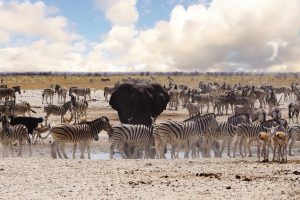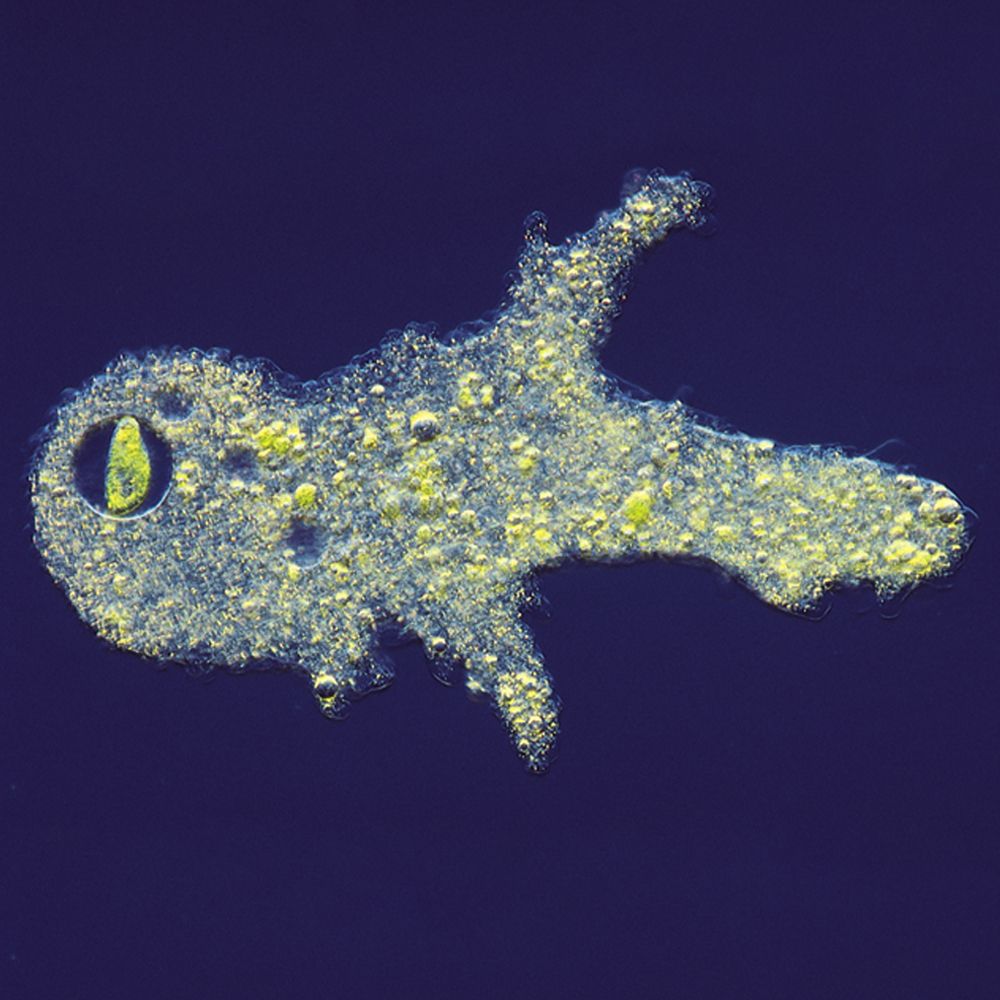In this activity, students observe, compare, and contrast feeding behaviors of two carnivorous species of protozoa. This is a life science activity for grades 6–12.
Predator Protozoan Species
The Preying Protozoa Set will contain two of the following three species depending on availability: Didinium nasutum, Bursaria truncatella, or Pelomyxa carolienensis (Chaos). Bursaria truncatella is a one of the largest known ciliates. This organism’s digestion can be easily studied. These ciliates are oval-shaped with a rounded posterior and shortened anterior end. The buccal cavity of the organism is surrounded by cilia and extends midway into the central part of the cell. This unique anatomical feature allows Bursaria truncatella to digest large food particles.
Didinium nasutum is a voracious ciliate predator that feeds almost exclusively on Paramecium. Didinium are barrel-shaped organisms. Their bodies are encircled by 2 bands of cilia called pectinelles. Didinium use the pectinelles to move through the water. Protruding from the anterior end of the organism is a cone-shaped structure that serves as a mouth opening for capturing prey.
Note: Both Bursaria and Didinium will encyst by turning into a hard-shelled sphere when prey is scarce. Encysted forms will persist until food is available again.
Chaos (Pelomyxa carolinensis) is a species of Sarcodine protist closely related to Amoeba. Like Amoeba, Chaos may settle to the bottom of the culture jar. Be sure to take samples from the bottom of the jar to ensure that sufficient numbers of organisms are collected. Chaos feed by extending pseudopods around prey items and digesting them by phagocytosis. Chaos do not have a mouth and ingest their food inside on enzyme-filled vacuoles, absorbing extracted nutrients across the cell membrane.
Prey Protozoan Species
Paramecium multimicronucleatum is a ciliate commonly used for classroom study because of its relatively large size. This species is commonly studied in feeding behavior and simple response studies.
Shop the Kit
Explore More Activities
Get Free Activities to Your Inbox
Related Resources

Group Behavior and Survival

Ecology: Ecosystem Interactions

Care Guides for Living Organisms
About The Author
Carolina Staff
Carolina is teamed with teachers and continually provides valuable resources–articles, activities, and how-to videos–to help teachers in their classroom.




